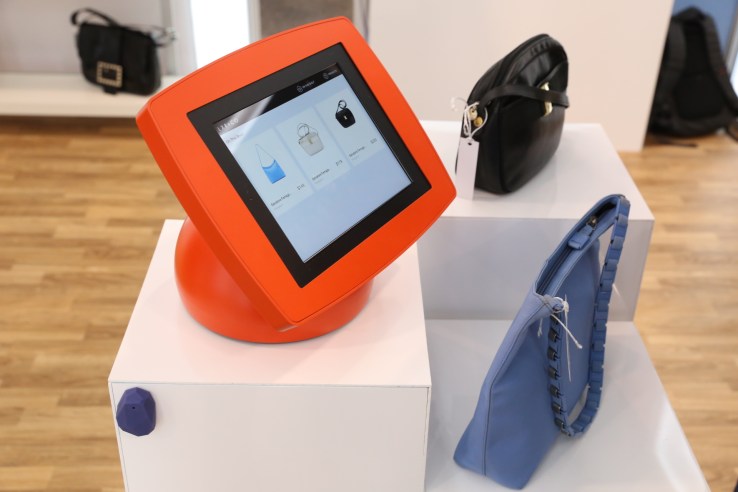The Wall Street Journal reports,Monday’s stock selloff on political brinkmanship in Ukraine was a nail-biter for owners of Russian stocks, but also a chance to buy for bargain-hunting investors.
Global stocks, particularly Russia, were slammed Monday amid the escalation of the Ukraine crisis. The Market Vectors Russia ETF fell 6.9%, its biggest one-day loss in more than two years.

- This chart of Russian stocks is so yesterday.
- Bloomberg
Mark Yusko, chief investment officer at Chapel Hill, N.C.’s Morgan Creek Capital, which advises on $4.5 billion, said that he was in the market on Monday buying the Market Vectors Russia ETF as well as Russian Internet-search company YandexNVYNDX 0.00% (YNDX), which dropped 14%.
“The reaction seems much bigger than the actual events,” Mr. Yusko said late on Monday. “I don’t perceive that the profitability of companies was materially changed overnight, so we started to nibble.”
Yandex was up 7.2% in recent trading on Tuesday.
Mr. Yusko still doesn’t own much Russia and keeps a skeptical view on emerging-markets, but the selloff was too much of a bargain to pass up, he said.
Tuesday’s fast rebound also gave a partial reprieve to investors who held on.
Buying beaten-down global markets, especially those knocked by geopolitical concerns, tends to pay off historically, says Mebane Faber, chief investment officer at Cambria Investment Management, which manage and advises on around $330 million in in El Segundo, Calif.
He points out that Russia’s stock plunge on Monday put its valuation, as measured by cyclically adjusted price-to-earnings ratios, which adjust P/E for business cycle fluctuations, on par with beaten-down Greece. With a CAPE near 6.5, Russia is far cheaper than the U.S., which is near 25 for the U.S.
“We rarely see markets valued as low as Greece and Russia,” Mr. Faber said.
The idea is that these beaten-down markets eventually bounce back fast. Look no further than the Global X FTSE Greece 20 ETF (GREK), a large Cambria holding, which is up 170% since the middle of 2012, when worries that the debt-laden country could get booted from the European Union began to ease.



